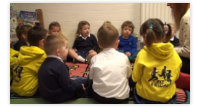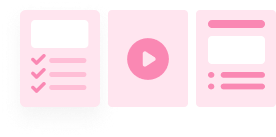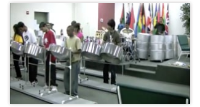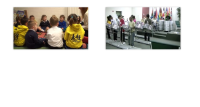People Who Help Us Level: Early Grades - Creative music
Music Lesson Description
Rubbish Music! (timbre, dynamics, texture)
A discussion will be needed first about what is rubbish, who takes our rubbish away and how we depend on other people to collect it and recycle some of it, making it into other things.
Then the fun can begin. Collect together clean items of rubbish that might be used for making sounds. There are many to choose from: plastic bottles, drinks cans, newspapers, old pans, plant pots. Perfects examples of 'rubbish' instruments are steel pans which really are made out of oil drums, with different-sized indentations hammered in on top to produce different-pitch notes.
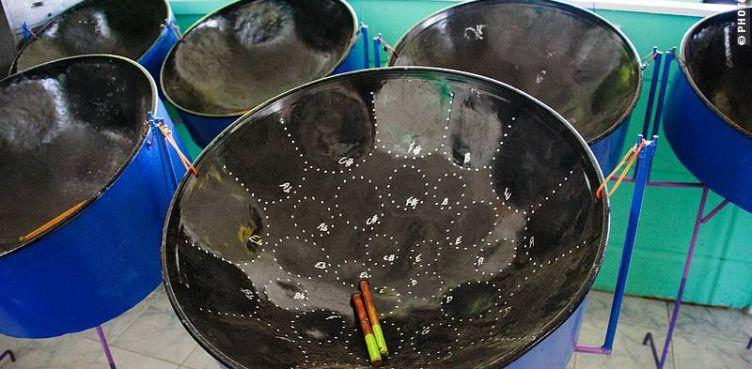
How to Play (also includes structure)
Playing the rubbish can take the form of experimentation in small groups first, categorising them in any ways you wish:
- Which objects can make the loudest/quietest sounds?
- Which can be played in more than way?
- Which can be played using a beater?
- Which can have dried peas added and be shaken?
- Can the children guess what is being played if the object is hidden from their view?
You could divide the whole group into smaller groups in which the members have a similar object to play. Then the more confident children could take turns at being the 'conductor', pointing at each group when they should make their sound. Try having two groups play at once for a thicker texture sound and draw attention to loud and quiet sounds.
This is one group's Rubbish Music. You'll hear the beginnings of dynamics, structure and timbre awareness in the order chosen by the 'conductor' - quieter sounds build up to louder sounds; rustly sounds come first (newspaper and plastic bag), scratchy sounds (old wicker basket scraped), boxes, bottles and cans are at the end. Sometimes one child makes a sound, sometimes more than one child, giving a variety of textures.
